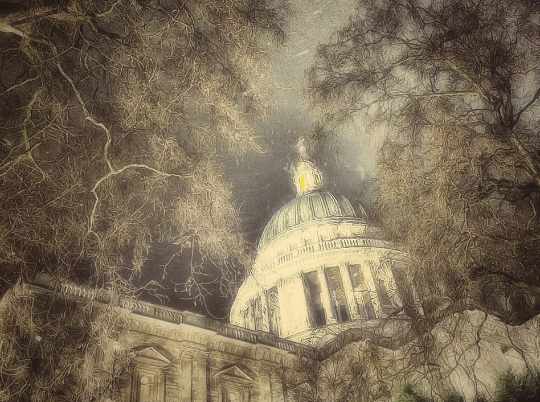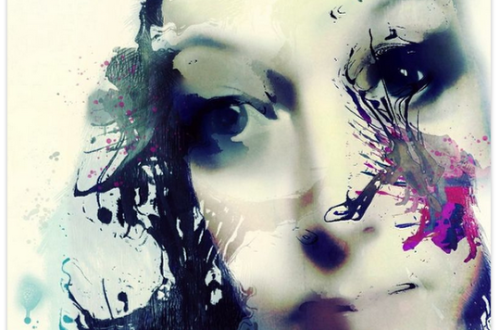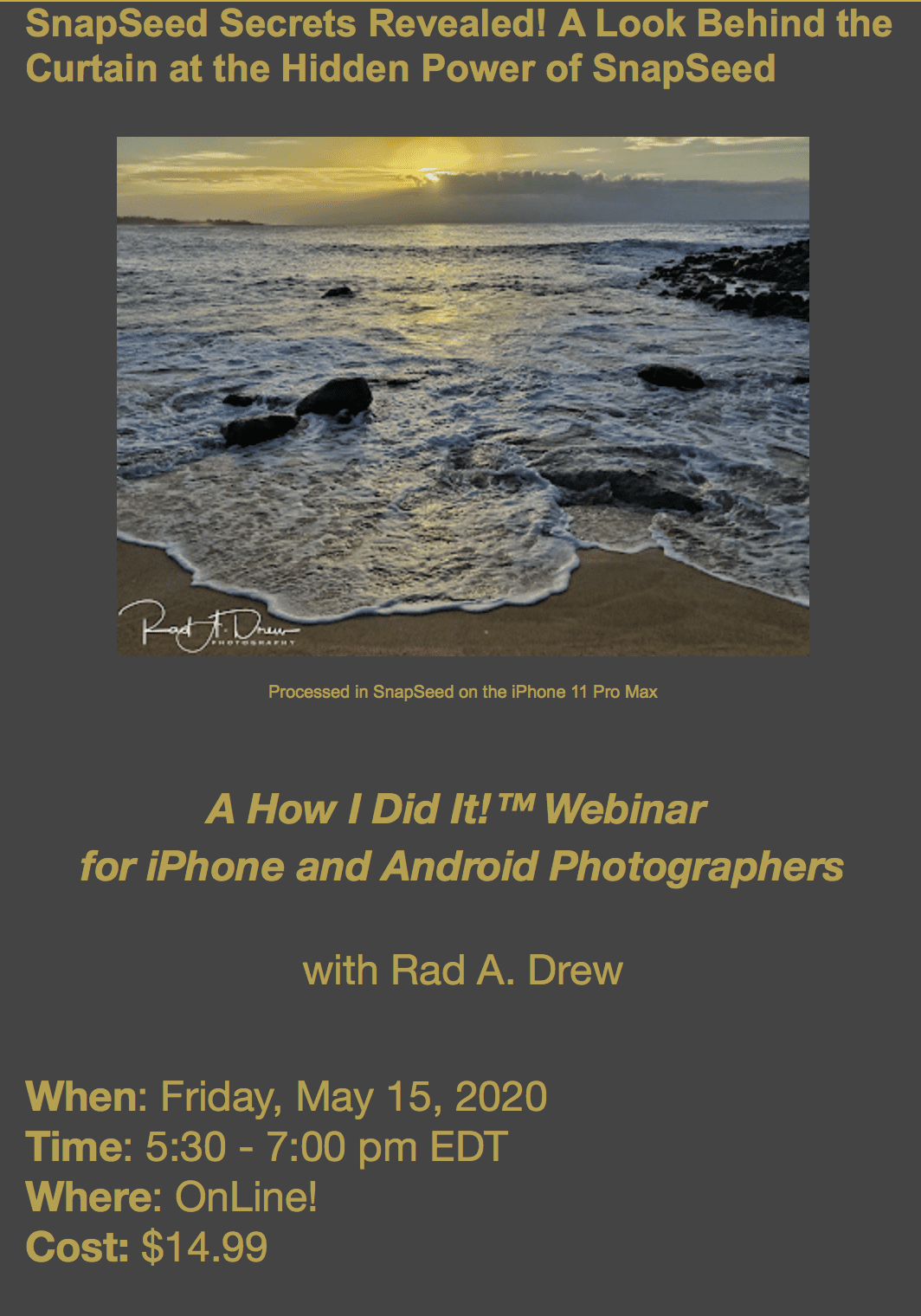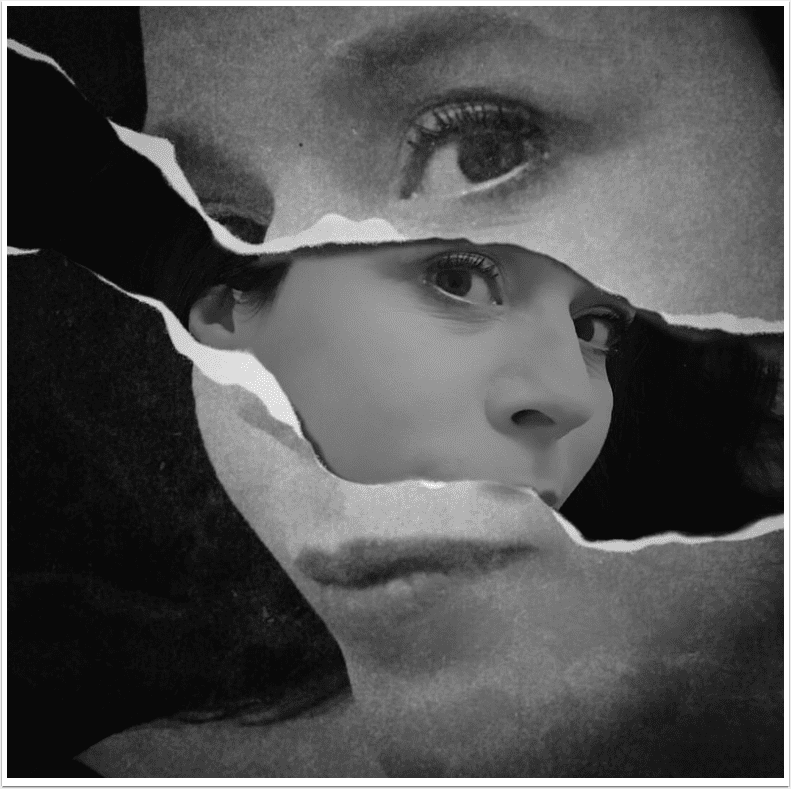Gray’s Anatomy – Tags and Likes By Richard Gray
It’s Friday already and at theappwhisperer.com that means its time for Richard Gray’s ‘Gray’s Anatomy’ column article. This week Richard takes a good look at tags and hashtags and ponders whether auto tagging via apps is the way to go. Over to you Richard (foreword by Joanne Carter).
I was at a pub quiz last night. One of the questions was, what name did a Facebook-obsessed couple in the US recently give their newborn baby? The correct answer was “Like”. My team’s incorrect guess was “Hashtag”, in my view a much cooler name for a child. On Instagram, hash tags generate likes. But if you read my column last week, you’ll know that one of my new year’s resolutions was to be less liberal with my hash-tagging. But it’s a hard habit to kick. I had pretty much gone cold turkey recently but the appearance (and sudden disappearance) of an app promising to get you hundreds of likes by using an auto-tagging trick had my thumb reaching for the home button again. The new app, called Firegram, automatically tagged your photos with hundreds of random hash tags and then removed them. So your photos ended up in hundreds of tag feeds but it didn’t make you look like you were a sad depressive desperately seeking approval from other people. Within hours of launching it was closed down by Instagram.
You can see Instagram’s point. Mass and indiscriminate tagging can be very anti-social. It’s the social media equivalent of chucking rubbish out of your car window. Yes, it’s good for you, but it’s not good for the community. It takes longer to scroll through your feed if photos have loads of tags and if photos are tagged randomly you end up looking at photos that you didn’t want to. But tags can have a noble purpose. If you’re visiting St Paul’s Cathedral and taking photos, you might like to take a look at photos taken by other noble Cathedral-lovers by searching for the tag #stpaulscathedral where you will find 6,086 photos of … St Paul’s Cathedral. So far so noble. I use hash tags in the iphoneography classes that I give so I can look through my class’s pictures between classes. A few times we’ve had what I think are commonly known as “tag bandits”, that’s to say, people who see that a tag is being used by a group of people and they copy and paste it into their list of tags that they randomly attach to their photos, whether it’s a photo of St Paul’s Cathedral or not. When this happened in my class, I firmly but politely asked the offending bandit to kindly remove the tag and run along now sonny or I’ll give you a clip round the ear.
But it seems there is a big appetite for likes, and therefore for tags, because they are a sure-fire way of getting likes. Another app I saw recently is Insta Butler, which automatically loads up your photos with specific tags. Or if you can’t be bothered to be specific, with some of the generic tags, the so-called “popular” tags. If you choose this option it adds 395 tags to your photo. I tried it out – purely for research purposes you understand – on one of a photo of St Paul’s Cathedral and within a couple of hours it had increased my likes from 146 to 238.
I noticed the new Macbook Air doesn’t have a hash tag key. Perhaps Apple is already thinking that tags are a bad idea. But so long as people want likes, they will use hash tags.

© Richard Gray – ‘Instabutler: from 146 to 238 likes’


